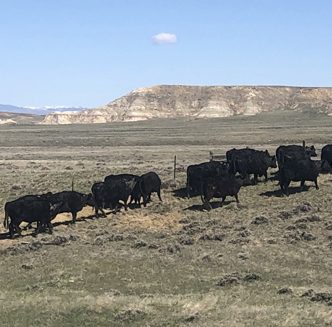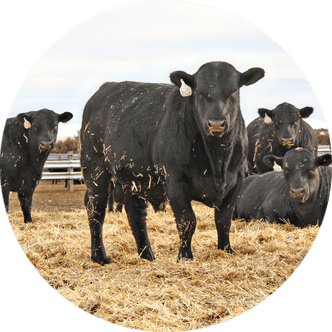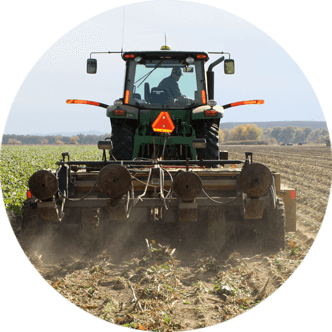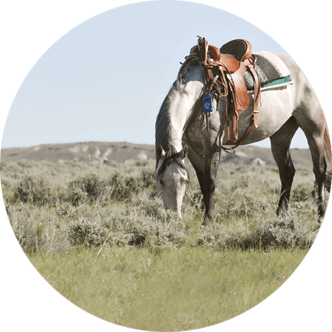President Trump signs EO to boost wildfire prevention and response
On June 12, President Donald Trump issued an executive order (EO) to streamline federal wildfire prevention and response efforts through an interagency memorandum of understanding and collaboration with local, state and Tribal authorities.
Trump was joined in the Oval Office for the signing of the EO by U.S. Secretary of Agriculture Brooke Rollins and several U.S. Forest Service wildland firefighters including North Carolina National Forest Supervisor James Melonas, Helena Hotshot Superintendent Charlie Palermo and Flathead National Forest Assistant Fire Management Officer Justin Kaber.
“The devastation of the January 2025 Los Angeles wildfires shocked the American people and highlighted the catastrophic consequences when state and local governments are unable to quickly respond to such disasters,” Trump writes in the EO. “In too many cases, including in California, a slow and inadequate response to wildfires is a direct result of reckless mismanagement and lack of preparedness.”
“Wildfires threaten every region, yet many local government entities continue to disregard common sense preventative measures. Firefighters across the country are forced to rely on outdated technology and face challenges in quickly responding to wildfires because of unnecessary regulation and bureaucracy,” he adds.
“The federal government can empower state and local leaders by streamlining federal wildfire capabilities to improve their effectiveness and promoting common sense, technology-enabled local strategies for land management and wildfire response and mitigation,” Trump continues.
Rollins comments, “American farmland, forests and communities have suffered the devastating consequences of slow and inadequate fire response caused by reckless mismanagement and lack of preparedness. President Trump’s suite of EOs show this administration will not sit back and watch the destruction of our forests and property.”
“We have the largest and most well-respected wildland firefighting force in the world, and the Trump administration is working in lockstep to reduce fire risk and respond quickly to emerging fires,” she concludes. “We will keep working to ensure no American town or family is left vulnerable to wildfires.”
EO highlights
First, the president’s EO directs federal agencies to consolidate their wildfire programs within 90 days, merging offices, budgets, procurement systems and research initiatives to “achieve the most efficient and effective use of wildland fire offices.”
It also tasks agencies with modernizing and expanding wildfire prevention and firefighting efforts and mandates a national technology roadmap be developed within 180 days, utilizing artificial intelligence, satellite data, weather forecasting and maps to improve detection, prediction and response.
Additionally, the U.S. Department of Agriculture and Environmental Protection Agency are directed to consider amending or rescinding any rules limiting prescribed burns and the use of fire retardants.
To address ignition risks, the U.S. Department of Energy and Federal Energy Regulatory Commission must review ways to better manage vegetation around powerlines and transmission corridors within 90 days.
The U.S. Department of Defense must identify and expedite access to excess aircraft and parts used for firefighting and declassify historical satellite imagery within 120 days to improve wildfire modeling.
Other federal agencies are also directed to review and revise regulations which hinder rapid wildfire detection prevention or response efforts, while performance metrics – including average response time and annual acreage treated – are to be included in the Fall 2025 Unified Regulatory Agenda.
Positive response
Shortly after signing the EO, support for Trump’s wildfire prevention efforts rang through the ag industry and the state of Wyoming.
On June 13, Public Lands Council President and Colorado Rancher Tim Canterbury issued a statement, saying, “Western communities have faced years of devastation from catastrophic wildfires, and we need every tool available to protect our nation’s scenic rangelands from burning. There is no single solution for protecting the West from catastrophic wildfire, but by using livestock grazing to reduce fine fuels, increasing active land management and making our federal response more efficient, we can protect lives and livelihoods from suffering due to wildfire.”
Sen. Cynthia Lummis (R-WY) also voiced her appreciation for the EO, stating, “Wyoming families know the devastating reality of wildfires – they’ve destroyed our ranches, threatened our communities and burned through the landscapes we call home. This EO marks an important shift toward practical forest management by eliminating regulatory obstacles, strengthening local authority and utilizing innovative technologies, including artificial intelligence, to bolster our firefighting capabilities.
“We must eliminate every bureaucratic hurdle that delays our fire response and amplifies these disasters,” he concluded.
Hannah Bugas is the managing editor of the Wyoming Livestock Roundup. Send comments on this article to roundup@wylr.net.





